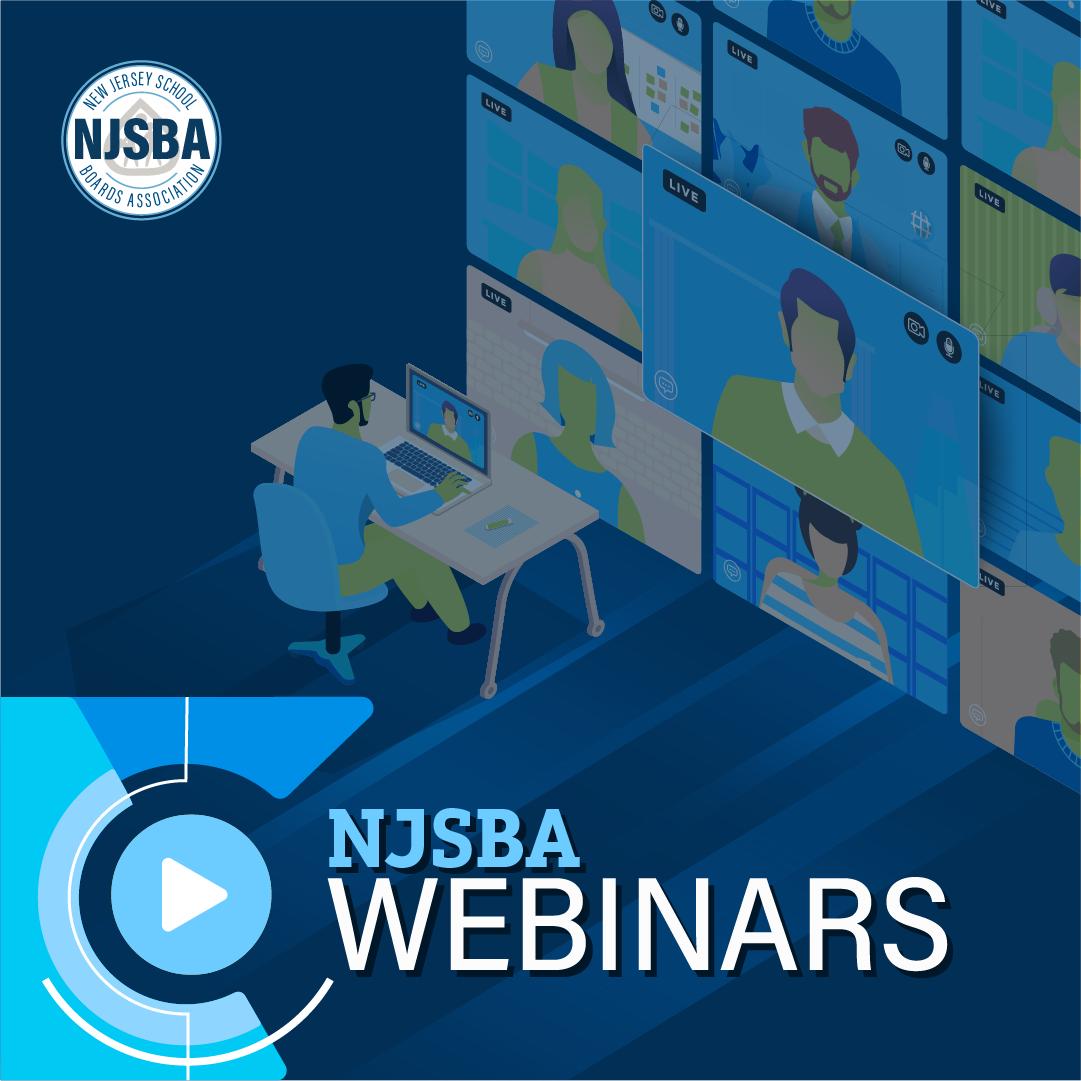
As part of its continued focus to provide resources to school board presidents, the New Jersey School Boards Association will be answering questions through its monthly Board President’s Corner column.
Our next question is below. Submit your question and you may see it featured next time.
Question: How can we do an in-district orientation for new board members?
When new members join the board, it is essential that they learn about what it means to be a board member for their specific school district.
An in-district orientation can go a long way toward helping new board members understand how their board operates. Even when new members are longtime residents of the community who have been deeply involved in its affairs, being on the school board is a lot different than belonging to Rotary or volunteering at the library.
In addition to helping new board members understand how the district operates, an in-district orientation can also bring them up to speed. For instance, even if they attended board meetings, new members were never privy to what was discussed in executive sessions or negotiations committee meetings. Nor did they receive the flurry of electronic communication that often occurs ahead of meetings, as board members prepare to tackle the important issues of the day.
As you prepare to hold an in-district orientation to get new board members up to speed, keep in mind that unless the newly elected board member has been sworn in, you cannot share with them any confidential information. It is only after they have been sworn in that you can share such information.
With that always top of mind, during an in-district orientation, some topics and materials you should consider providing include:
- The district’s policy manual.
- A list of standing board committees, if the board functions by a committee system, along with their duties and responsibilities, and the method of selecting members.
- Minutes of the last three to six months of board meetings.
- The district’s strategic plan.
- The district’s budget.
- The board bylaws (if they are separate from the policy manual).
- All negotiated contracts, including the superintendent’s contract.
- The manual(s) for the school district employees, if such a document exists.
- The student handbook.
- Basic member ethics materials, including a copy of the Board Member’s Code of Ethics and the ethics and financial disclosure forms board members are required to fill out.
The in-district orientation is also a great opportunity to introduce new board members to the district’s top administrators, including the superintendent and business administrator. It’s important for them to also get a chance to connect with their fellow board members, who they may not know well.
If your district encompasses multiple buildings and schools, the in-district orientation is also a great time to arrange with school administration a tour of the various facilities. Board members can make better decisions on behalf of the schools when they’ve actually been in the schools, so seeing them is important. Of course, even longtime board members may want to reacquaint themselves with the district’s buildings at a tour that’s been approved by school administrators.
Topics to Focus On
In addition to all the above, there are some important topics that would be a good idea to address at an in-district orientation. These include:
- How does the board go about setting an agenda for each meeting?
- Does the board observe Robert’s Rules of Order or other parliamentary procedures?
- Does the board operate as a committee of the whole, or does it get a portion of its work done via separate committee meetings?
- Is there a particular order for roll call votes or reading motions during meetings?
- Is there a seating chart for members at board of education meetings?
- How does the board get opinions and information from the board member attorney?
- Who is the official spokesperson for the board?
- How should a board member handle a complaint or problem that comes to them?
- What are some of the district’s biggest challenges?
The in-district orientation is also a great time to reinforce the fact that each board member only has one vote, and the entire board must work together to get a majority vote to approve any new measures.
It’s important to keep in mind, that the in-district orientation is district specific, and it does not satisfy the mandatory training requirement of taking Governance I or New Board Member Orientation within 90 days of being sworn in, a stipulation that became effective with the April 2023 elections and will be an ongoing regulation.
Given that, the orientation is also a prime opportunity to promote all the training available through the New Jersey School Boards Association, including the Governance I course, New Board Member Orientation and the steady stream of training at county association meetings and online. While board members can attend meetings in their own county, they are also encouraged to attend the free programs in other counties as well.
The Association’s Board Member Academy, a certification program that delivers training in all areas of school governance responsibility, also offers a New Board Member Boardsmanship certificate. Board members qualify for the certification by completing certain training requirements during their first two years of service.
Get more information on NJSBA’s available programs.
Your NJSBA field service representative always stands ready to provide additional information and suggestions as to what to include in an in-district orientation and how to make sure it is a success.


